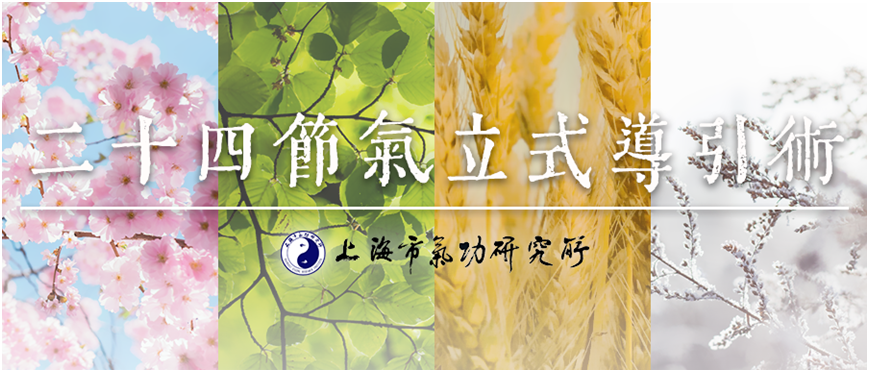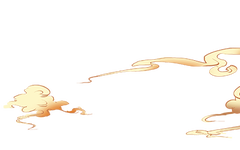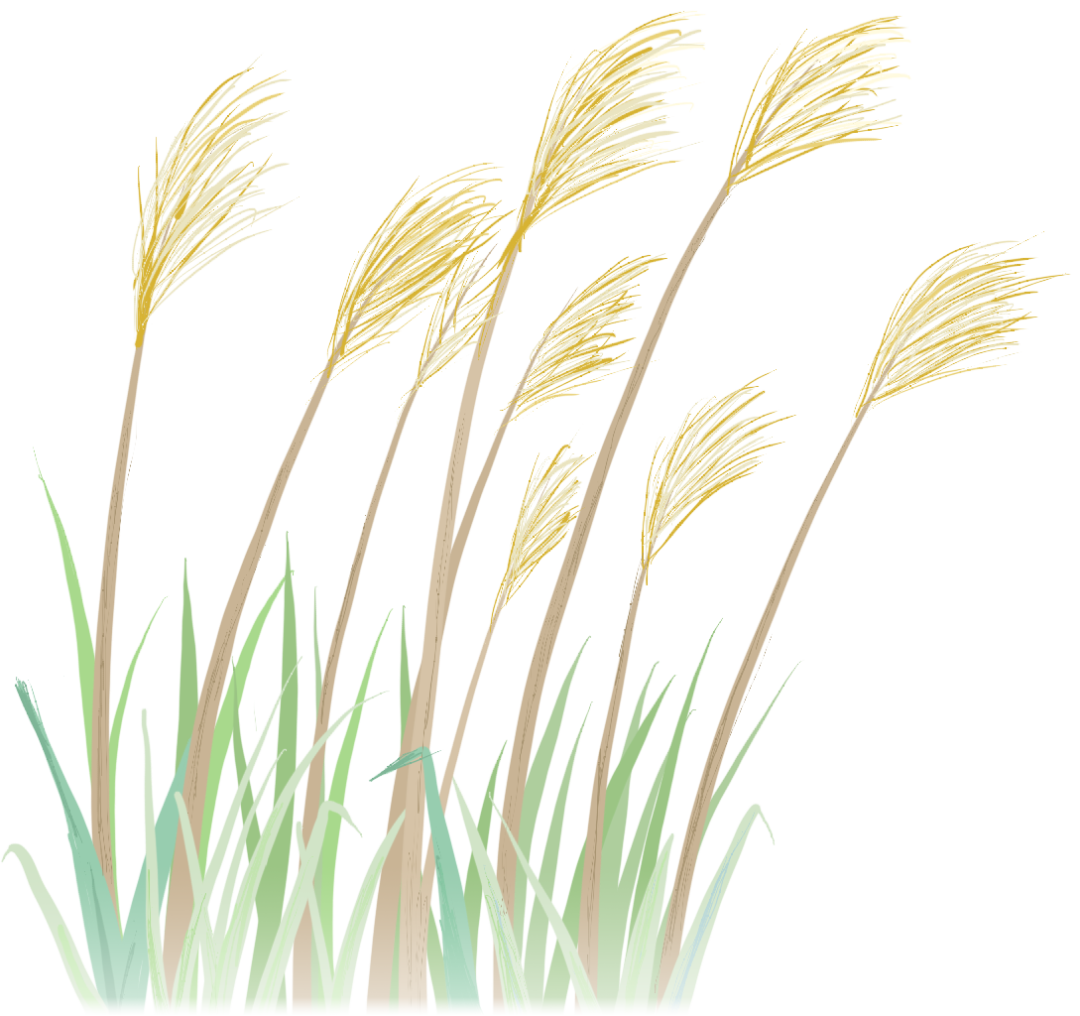
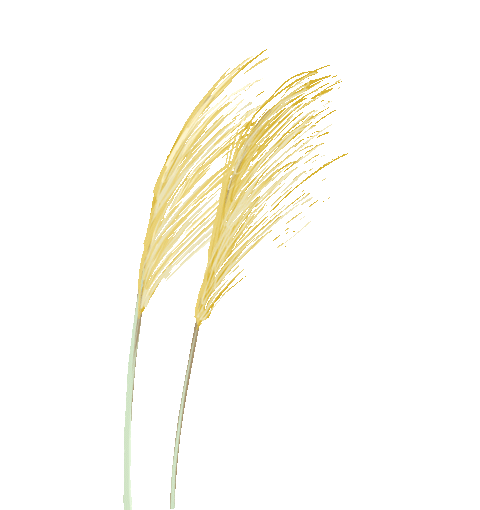

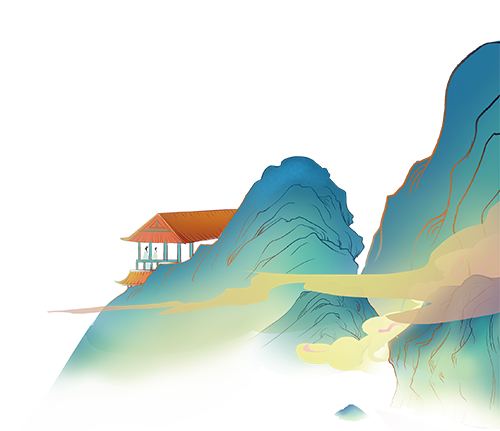
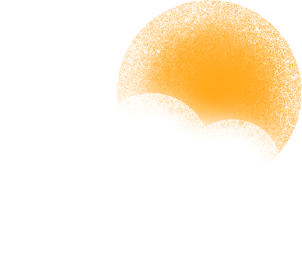

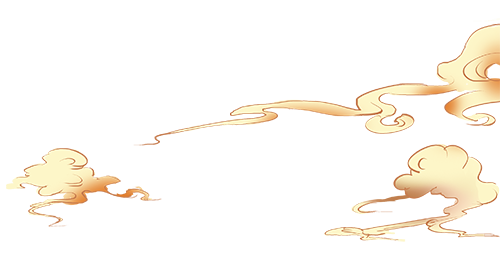
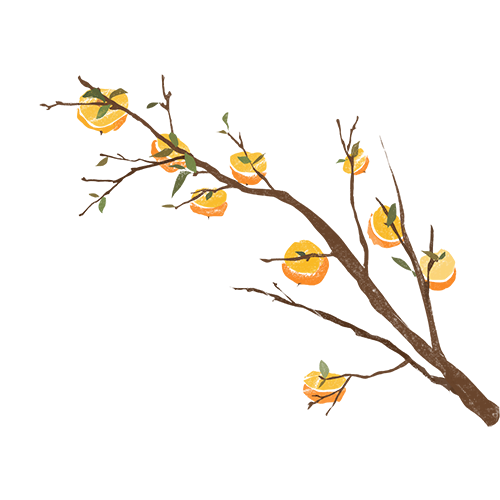
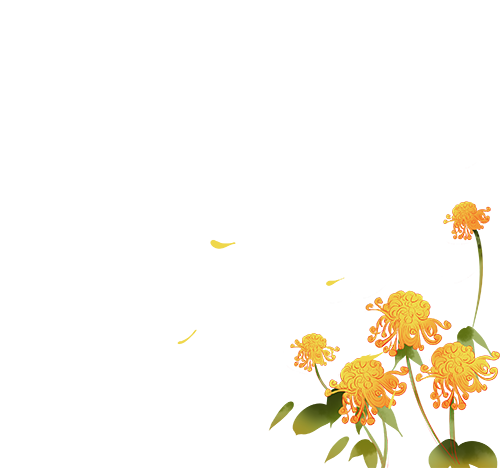



 Traditional
Traditional
Solar Terms
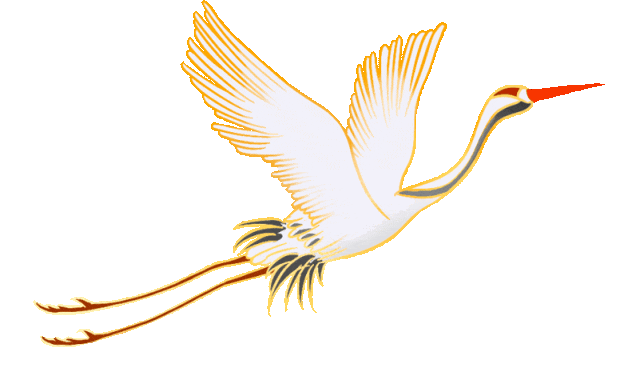
The Huangdi Neijing states: “In spring and summer, nourish Yang; in autumn and winter, nourish Yin.” Humans correspond with the Qi of heaven and earth, thus health preservation should follow the changes of the four seasons. Traditional Chinese Medicine (TCM) has long advocated for guiding techniques for health preservation. As the primary responsible party for our own health, we can practice guiding techniques in accordance with seasonal changes for health maintenance. The Twenty-Four Solar Terms Guiding Techniques are said to have been created by the famous Daoist health practitioner Chen Xiyi during the late Tang and early Song dynasties, and have been passed down in renowned TCM health preservation texts such as the Baosheng Xinjian. This guiding technique is based on the changes in Qi and blood, Yin and Yang of the human body, combined with the characteristics of the current solar term, and coordinated with the twelve meridians. Through simple and easy guiding movements, it aims to achieve health maintenance, disease prevention, and longevity. The Twenty-Four Solar Terms Standing Guiding Techniques utilize the twelve meridians as the exercise medium, adapting the traditional seated movements into standing forms for easier daily practice.
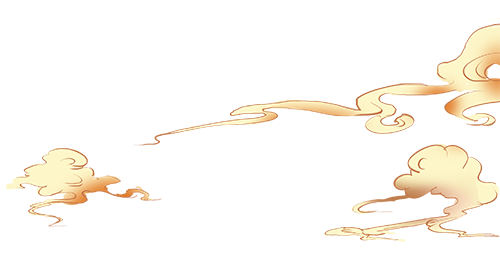

Operation
Movement Breakdown
1. Inhale, raise both arms from the front of the body, covering the ears with both hands;
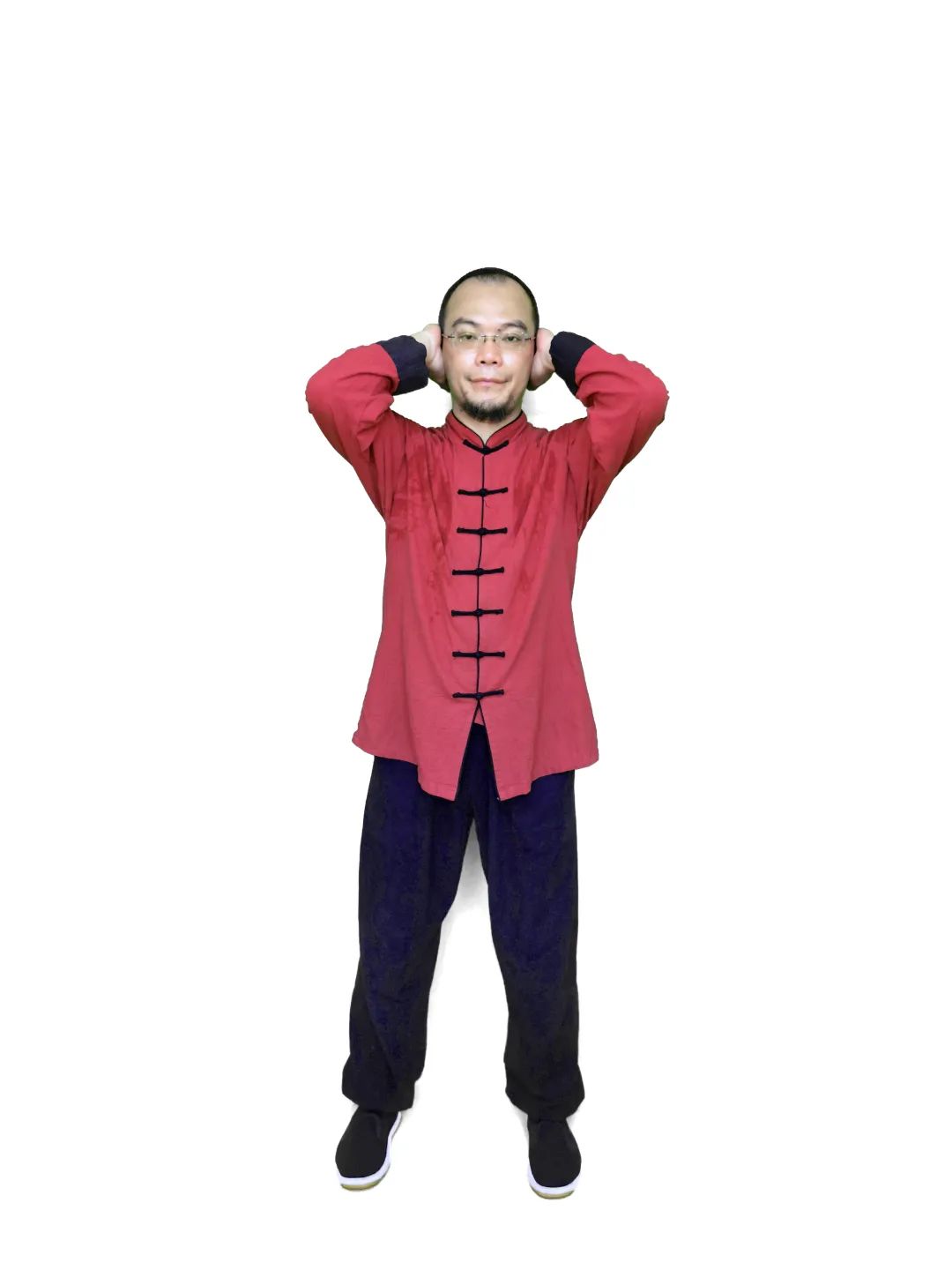
2. Turn the waist to the left, leaning the body back;
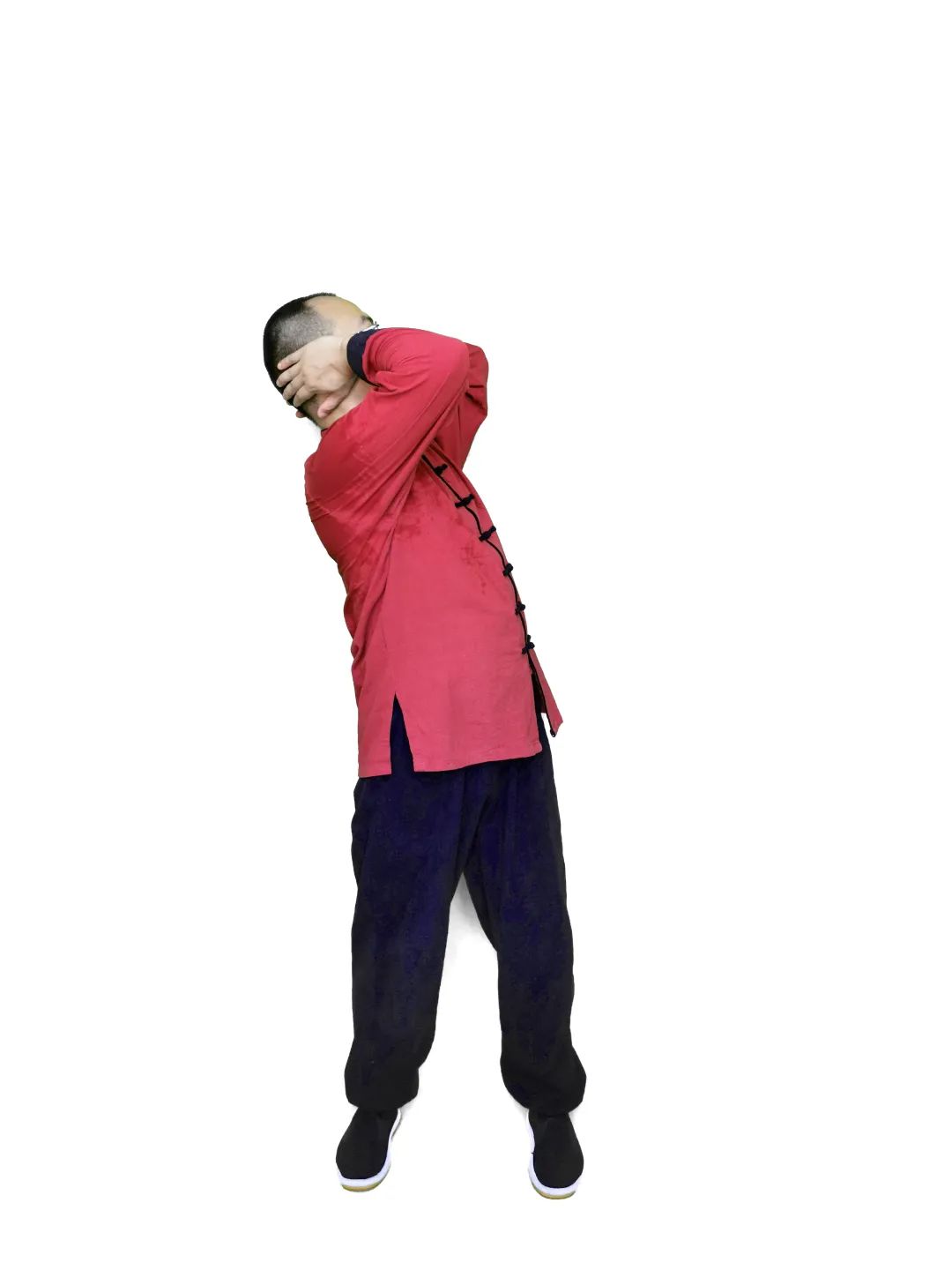
3. Exhale, return the body to the center, releasing the hands to fall down from both sides;
Steps 1-3 constitute the left style; the right style involves turning the waist to the right. The left and right styles together form one set, which can be repeated multiple times according to individual circumstances.
Key Points of Movement
1. When turning the waist, keep the hips and legs still to increase the twisting range of the body, thus creating a twisting pull on the Foot Yangming Meridian (足阳明经筋);
2. When leaning back, extend the back to stretch the chest and upper abdomen, thereby assisting the functional activities of the esophagus and stomach.

Effects
The Autumn Equinox guiding technique primarily focuses on the guiding of the Foot Yangming Meridian. It can treat conditions such as rheumatism, stagnation in the hypochondrium and lumbar region, abdominal distension and edema, knee pain, pain in the chest, breasts, lower abdomen, outer thighs, and dorsum of the feet, enuresis, excessive thirst, and stomach cold with regurgitation.


Tips
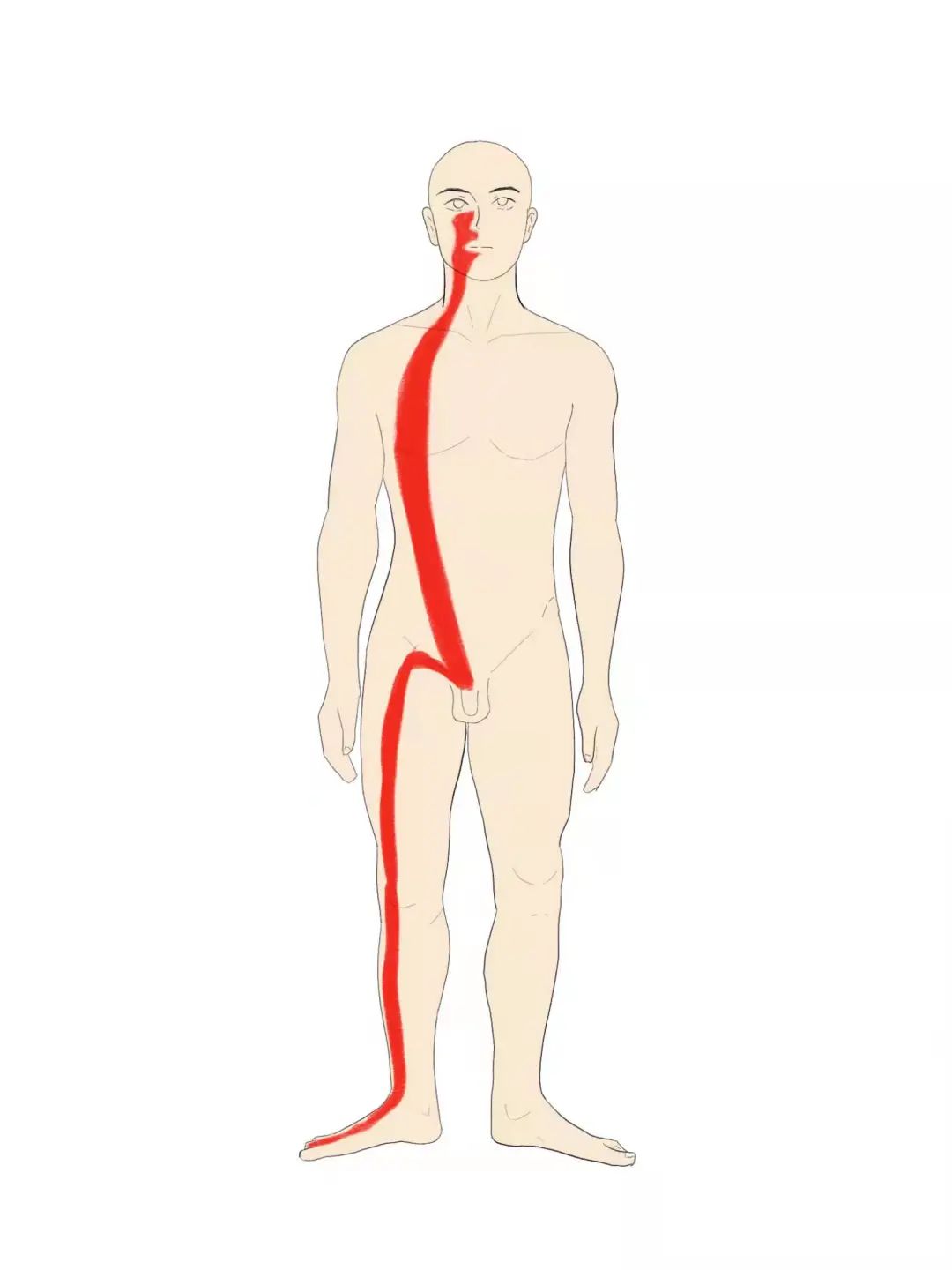
-
From the Ling Shu: Jing Jin: “The muscles of the Foot Yangming begin at the middle three toes, connect at the ankle, ascend to the outer knee, and go straight up to the hip joint, following the side of the body, belonging to the spine; the straight path ascends to the knee; the branch connects at the outer knee, joining the Shaoyang; the straight path ascends to the popliteal fossa, connecting at the hip, gathering at the genitals, ascending to the abdomen and spreading to the diaphragm, reaching the neck, and connecting at the mouth, joining at the nose, and connecting at the Taiyang, with the Taiyang being the upper network of the eyes; the Yangming being the lower network of the eyes; the branch connects from the cheek to the front of the ear.
-
The Huangdi Neijing states: “In autumn, the three months… make the will peaceful, to ease the autumn punishment, gather the spirit and Qi, make the autumn Qi balanced, and clear the lung Qi; this is the response to autumn Qi and the way of nourishing and gathering.” Autumn transitions from heat to cool, with Yang diminishing and Yin increasing. After the vigorous growth of all things in summer, it begins to harvest, preparing for the winter’s closure. Therefore, nourishing the spirit in autumn must also follow the principle of “nourishing and gathering,” to gather the spirit, transitioning from excitement to tranquility, from activity to peace, adapting to the characteristics of autumn, preventing the spirit from being overly distracted, and maintaining mental tranquility.
-
“When it is dry, moisten it,” to prevent autumn dryness, drink more water, eat fresh fruits such as bananas, pears, grapes, as well as honey, tremella, lily, sesame, and goji berries to moisten and nourish, while reducing spicy and fried fatty foods. When going out, use moisturizing skincare products to avoid skin dryness.
Written by: Sun Lei and Chen Weiyi, Shanghai Qigong Research Institute
